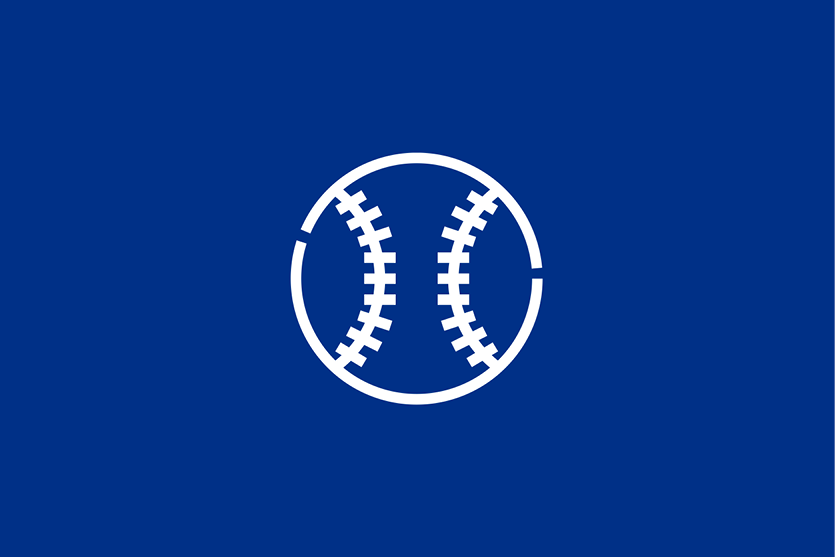Successive editions of this newsletter are counting down the 50 greatest ballclubs of all time — a/k/a the Best 50 — as ranked by my new book, Baseball’s Best (and Worst) Teams. Today’s entry focuses on No. 8, the 1941 New York Yankees.
Here’s a quick boilerplate explanation that I’m appending to every story in this series:
I compiled the Best 50 by analyzing 2,544 major-league teams from 1903 to 2024. Those clubs have been ranked by their team scores (TS), which are plotted on a 100-point scale. (A given club’s all-time percentile is the percentage of the other 2,543 teams that it outperformed.)
See my book for an explanation of my TS calculations. The book also offers separate breakdowns of the best and worst clubs for every decade and franchise, comprehensive profiles of the Best 50 (including position-by-position lineups and much more information than you’ll find in this newsletter), and similar summaries of the 10 worst teams of all time.
Now on to today’s profile.
-
Team: 1941 New York Yankees
-
Team score: 91.389 points
-
All-time rank: 8 of 2,544
-
All-time percentile: 99.72%
-
Season record: 101-53 (.656)
-
Season position: First place in American League
-
Final status: World champion
The Yankees stumbled in 1940. They dropped to third place in the American League, surprisingly falling short in a spirited pennant race with the Detroit Tigers and Cleveland Indians. “This truly is the winter of our discontent,” moaned the New York World-Telegram’s Dan Daniel. “For the first time since 1935, there’ll be no World Series in New York.”
Normal times returned in 1941, though not without early difficulties. The Yankees slipped below .500 after an embarrassing 13-1 loss to the Chicago White Sox on May 15. Joe DiMaggio singled to drive in their only run. He added two hits the next day and just kept going. DiMaggio eventually extended his hitting streak to a record length of 56 games, enthralling the nation.
He carried the club with him. The Yanks played at a blistering 41-13 clip (with two ties) during DiMaggio’s hot stretch. They held a seven-game lead in the AL when their star finally went hitless on July 17, a margin they enlarged to 17 games by the season’s end.
Get the complete lowdown on the 50 greatest (and 10 weakest) clubs of all time
The Yankees sported a different look when they returned to the World Series after a one-year absence. A surprisingly large number of their players — 10 in all — lacked postseason experience.
Their callowness didn’t matter. Veterans shouldered the load as the Yanks defeated Brooklyn in five games. Outfielder Charlie Keller and second baseman Joe Gordon led the way with seven hits apiece.
The 1941 series is still remembered for Game Four’s bizarre ending. The Yankees had two outs in the ninth inning, with the Dodgers clinging to a 4-3 lead. New York’s Tommy Henrich struck out, but Brooklyn catcher Mickey Owen let the ball get away. Henrich scampered to first. “Henrich missed it by a mile,” Owen said ruefully, “and so did I.” The next five Yankees reached base on three hits and two walks, cementing New York’s 7-4 victory.
A new installment will arrive in your email each Tuesday and Friday morning
The Yankees still deployed six position players who had been key members of 1939’s championship squad. The only rookies to crack the everyday lineup in 1941 were Johnny Sturm and Phil Rizzuto.
Sturm supplanted Babe Dahlgren at first base. Dahlgren, who had been handed the unenviable task of replacing Lou Gehrig, was adept with his glove, though not as skilled with his bat. He was sold to the Boston Braves in February 1941. Sturm proved to be a player from the same mold. His fielding impressed everyone. His .239 batting average did not.
Rizzuto stood only five-foot-six — “not very big for a little guy,” as he put it — yet he substituted capably for injured shortstop Frankie Crosetti. Rizzuto and second baseman Joe Gordon quickly formed “probably the greatest [keystone] combination in the history of baseball,” in the opinion of historian Bill James. Both infielders led the American League in double plays at their positions, and both did well at the plate. Gordon blasted 24 homers, while Rizzuto posted a .307 average.
All three outfielders hit at least 30 home runs: Charlie Keller (33), Tommy Henrich (31), and Joe DiMaggio (30). The latter batted .408 during his 56-game hitting streak — and .357 for the entire season. He was rewarded with his second Most Valuable Player Award.
The pitching staff was anchored by Marius Russo, a lefty in his third season with the Yankees. Russo tossed a one-hitter against the St. Louis Browns in June. He finished with a 3.09 ERA, fourth-best in the league. Two aging starters, Lefty Gomez and Red Ruffing, won 15 games apiece.
